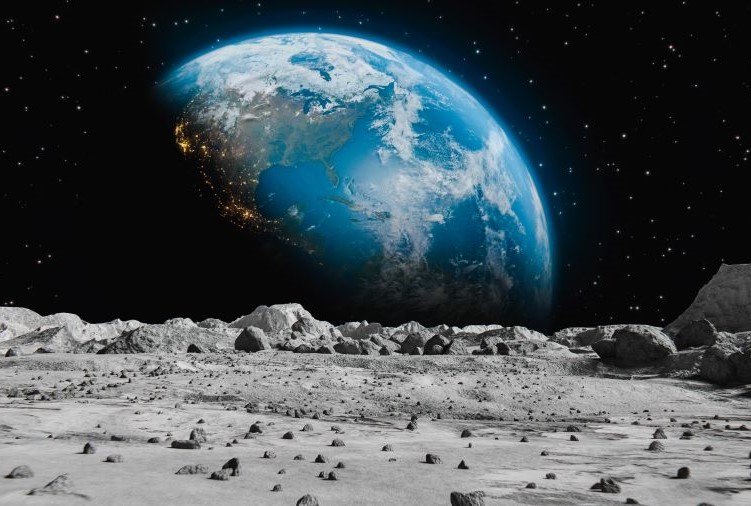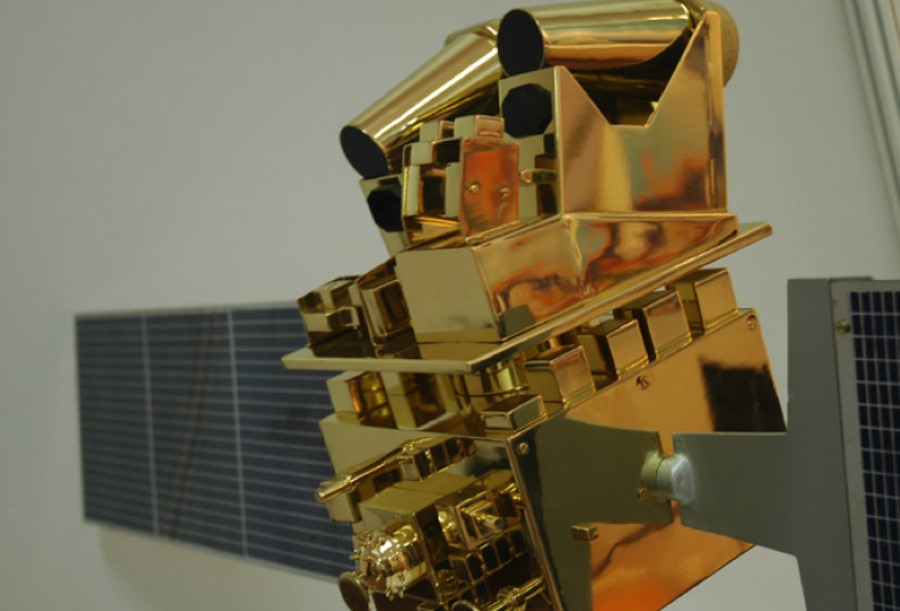7 Crore+ Customers

Affordable Premium

7 Crore+ Customers

Affordable Premium



Chandrayaan-2, launched by ISRO on July 22, 2019, is a landmark mission in India's space exploration journey. Aimed at exploring the Moon's south polar region, it comprises an orbiter, a lander, and a rover.
This mission highlights India's growing capabilities in space science and technology. Despite challenges, Chandrayaan-2 has made significant contributions to lunar research. Keep reading to learn more about this revolutionary mission.


India’s second lunar exploration mission, Chandrayaan-2, was developed by the Indian Space Research Organisation (ISRO). It launched on July 22, 2019, with a view to build on the success of India’s first moon mission, Chandrayaan-1.
Chandrayaan-2 consisted of an orbiter named Vikram Lander and Pragyan Rover, all aimed at exploring the lunar surface to improve our understanding of its topography, mineralogy and exosphere. This ambitious mission underscored India’s growing abilities in space exploration and its dedication to scientific discovery.
Chandrayaan-2 is an intricate and sophisticated moon mission comprising three major elements: the Orbiter, Lander (Vikram), and Rover (Pragyan). Each of these components is equipped with unique instruments and capabilities specifically designed to achieve the objectives of this endeavour.
These specifications emphasise the sophisticated technology and scientific instruments carried on board Chandrayaan-2 that allow for a comprehensive study of the Moon and help us understand its environment and composition.
The goals behind Chandrayaan-2 were scientific and technological since they aimed at making us acquainted with the lunar surface and its environment. The following are the major objectives of Chandrayaan-2:
Through this, Chandrayaan-2 was set to not only significantly expand our knowledge about this celestial body but also provide critical information for future missions to the Moon while positioning India as one of the key international players in space exploration activities around the globe.

Chandrayaan-2 has been of great importance for the advancement of the Indian Space Program and the outlook of space science in overall society. Here are some key reasons for its significance:
Chandrayaan-2 has been aimed at increasing our understanding of the surface, composition and atmosphere of the Moon, especially in its unexplored south pole. The mission provides important details on lunar geology, which could be useful in forthcoming lunar missions.
It was able to softly land and operate a rover on the Moon's surface, which demonstrated India’s advanced space capabilities. This mission tested technologies necessary for future endeavours, thus making India one of the global leaders in lunar exploration.
Chandrayaan-2 is equipped with sophisticated instruments to analyse lunar minerals and exosphere to confirm water/hydroxyl molecules in the regions. The discoveries gave us a deep understanding of utilising lunar resources and environmental conditions for future missions.
Chandrayaan-2 included instruments from different partners, showing India’s global space research position. The scientific output increased from this association, thereby re-emphasising its role as a significant contributor to international space initiatives.
Global interest was sparked by Chandrayaan-2, which has led to its ability to inspire younger generations who aspire to be scientists or engineers. The mission highlighted the potential of STEM subjects, urging young minds to take up courses in space technology.
Profiles of some of the key individuals who played significant roles in the Chandrayaan-2 mission are given briefly below:
Here are some notable facts about Chandrayaan-2 that put this mission in a new light:
In conclusion, India's space exploration competence and ambition are boosted by the Chandrayaan-2. The mission has enabled us to understand the Moon’s surface and its resources. India’s commitment to advancing space science is demonstrated through the success and learning from Chandrayaan-2 that paved the way for future missions. This mission has underscored ISRO’s remarkable improvements in lunar research at a global scale.